Advanced Wastewater Treatment
Usually dispatched in 2 to 3 days
Usually dispatched in 2 to 3 days
Category:
Wastewater Treatment
Only logged in customers who have purchased this product may leave a review.
Related products
Module 13: General Administration of Wastewater Treatment Plants
.List the types of data collected at a plant.
.Analyze typical plant data.
.Describe methods for presenting plant data.
.Explain the frequency and types of reports utilized at a plant.
Module 13: General Administration of Wastewater Treatment Plants
.List the types of data collected at a plant.
.Analyze typical plant data.
.Describe methods for presenting plant data.
.Explain the frequency and types of reports utilized at a plant.
A Ground-Breaking Innovation In Wastewater Treatment
The fashion industry contributes 20% of industrial water pollution With a high water footprint, massive chemical use and atmospheric, water and greenhouse gas (GHG) emissions, dyehouse operations are the most environmentally damaging component of the apparel supply chain2.Global brands are responding by requiring manufacturers to treat wastewater and reduce effluent. Paradoxically, conventional water treatment systems generate toxic sludge, trading water pollution for solid, chemical discharge that is landfilled and emits GHG – mostly methane.
A Ground-Breaking Innovation In Wastewater Treatment
The fashion industry contributes 20% of industrial water pollution With a high water footprint, massive chemical use and atmospheric, water and greenhouse gas (GHG) emissions, dyehouse operations are the most environmentally damaging component of the apparel supply chain2.Global brands are responding by requiring manufacturers to treat wastewater and reduce effluent. Paradoxically, conventional water treatment systems generate toxic sludge, trading water pollution for solid, chemical discharge that is landfilled and emits GHG – mostly methane.
Module 16 : Activated Sludge Process- Part 2
•List the key monitoring points within the activated sludge process and explain what to look for at those points.
•List five key process control parameters and for each parameter, explain what it is, why it is used and how it is calculated
•List the daily process control tasks that need to be accomplished and explain how to perform them.
Module 16 : Activated Sludge Process- Part 2
•List the key monitoring points within the activated sludge process and explain what to look for at those points.
•List five key process control parameters and for each parameter, explain what it is, why it is used and how it is calculated
•List the daily process control tasks that need to be accomplished and explain how to perform them.
Sewer Design Guide
Abstract:
the Sewer Design Guide is a guide for the engineer when planning and designing wastewater facilities and should be used for both public facilities and private facilities which serve multiple lots. This guide summarizes and outlines relevant City policies, applicable codes, and engineering and operational practices and procedures that have been developed in an effort to establish a cost-effective, reliable, and safe wastewater collection system. Also to be considered and used in conjunction with this design guide are all applicable current standard drawings, specifications, codes, laws and industry requirements for the planning and design of wastewater infrastructures
Sewer Design Guide
Abstract:
the Sewer Design Guide is a guide for the engineer when planning and designing wastewater facilities and should be used for both public facilities and private facilities which serve multiple lots. This guide summarizes and outlines relevant City policies, applicable codes, and engineering and operational practices and procedures that have been developed in an effort to establish a cost-effective, reliable, and safe wastewater collection system. Also to be considered and used in conjunction with this design guide are all applicable current standard drawings, specifications, codes, laws and industry requirements for the planning and design of wastewater infrastructures
Advanced Wastewater Treatment Technologies
Wastewater, also written as waste water, is any water that has been adversely affected in quality by anthropogenic influence. Wastewater can originate from a combination of domestic, industrial, commercial or agricultural activities, surface runoff or storm water, and from sewer inflow or infiltration. Municipal wastewater (also called sewage) is usually conveyed in a combined sewer or sanitary sewer, and treated at a wastewater treatment plant. Treated wastewater is discharged into receiving water via an effluent pipe. Wastewaters generated in areas without access to centralized sewer systems rely on on-site wastewater systems. These typically comprise a septic tank, drain field, and optionally an on-site treatment unit. The management of wastewater belongs to the overarching term sanitation, just like the management of human excreta, solid waste and storm water (drainage). Industrial wastewater is defined as any wastewater generated from any manufacturing,
processing, institutional, commercial, or agricultural operation, or any operation that discharges other
than domestic or sanitary wastewater.
Advanced Wastewater Treatment Technologies
Wastewater, also written as waste water, is any water that has been adversely affected in quality by anthropogenic influence. Wastewater can originate from a combination of domestic, industrial, commercial or agricultural activities, surface runoff or storm water, and from sewer inflow or infiltration. Municipal wastewater (also called sewage) is usually conveyed in a combined sewer or sanitary sewer, and treated at a wastewater treatment plant. Treated wastewater is discharged into receiving water via an effluent pipe. Wastewaters generated in areas without access to centralized sewer systems rely on on-site wastewater systems. These typically comprise a septic tank, drain field, and optionally an on-site treatment unit. The management of wastewater belongs to the overarching term sanitation, just like the management of human excreta, solid waste and storm water (drainage). Industrial wastewater is defined as any wastewater generated from any manufacturing,
processing, institutional, commercial, or agricultural operation, or any operation that discharges other
than domestic or sanitary wastewater.
A Review of Electrocoagulation Process for Wastewater Treatment
The control of environmental pollution and also the treatment of polluted water are of great concern. Within the past decade, electrochemical coagulation process has emerged as most effective wastewater treatment process as compared to conventional techniques of treating wastewater. Electrocoagulation is robust, cost effective, reliable, low sludge generating process, it has automation amenability and it has high pollutant removal efficiency. The aim of the review is to explain the basics and up to date advancement of electrocoagulation method for the improvements in the pollutant removal efficiency.
A Review of Electrocoagulation Process for Wastewater Treatment
The control of environmental pollution and also the treatment of polluted water are of great concern. Within the past decade, electrochemical coagulation process has emerged as most effective wastewater treatment process as compared to conventional techniques of treating wastewater. Electrocoagulation is robust, cost effective, reliable, low sludge generating process, it has automation amenability and it has high pollutant removal efficiency. The aim of the review is to explain the basics and up to date advancement of electrocoagulation method for the improvements in the pollutant removal efficiency.
Advanced wastewater treatment for separation and removal of pharmaceutical residues and other hazardous substances
The Swedish Environmental Protection Agency (EPA) has determined a need to introduce advanced treatment for pharmaceutical residues in wastewater. An additional benefit of such a treatment is that it would also include the treatment of other hazardous substances.The extent to which pharmaceutical residues risk becoming a problem depends on local conditions such as the sensitivity of the receiving waters. While this is an important variable to consider, the Swedish EPA believes that the sensitivity of the receiving waters should not be the only consideration when setting requirements for treatment. The amount of released pharmaceutical residues and long-term effects should also be considered in decision making and justification. The investment and operational costs of introducing advanced treatment depend in part on the size and current capacity of treatment facilities, which is why size limitations can be an additional consideration when setting requirements.
Advanced wastewater treatment for separation and removal of pharmaceutical residues and other hazardous substances
The Swedish Environmental Protection Agency (EPA) has determined a need to introduce advanced treatment for pharmaceutical residues in wastewater. An additional benefit of such a treatment is that it would also include the treatment of other hazardous substances.The extent to which pharmaceutical residues risk becoming a problem depends on local conditions such as the sensitivity of the receiving waters. While this is an important variable to consider, the Swedish EPA believes that the sensitivity of the receiving waters should not be the only consideration when setting requirements for treatment. The amount of released pharmaceutical residues and long-term effects should also be considered in decision making and justification. The investment and operational costs of introducing advanced treatment depend in part on the size and current capacity of treatment facilities, which is why size limitations can be an additional consideration when setting requirements.
Advanced Treatment Technologies For Recycle/Reuse Of Domestic Wastewater
Conventional wastewater treatment technologies improve the quality of wastewater discharged into the environment and restrain polluted waters from contaminating other available clean water resources. However, these treatment technologies do not make wastewater fit for further beneficial uses in communities closer to the points of generation. Innovative and advanced technologies that can further improve the quality of wastewater are needed to overcome this limitation of conventional technologies, and to promote widespread adoption of recycle and reuse practices. Advanced treatment processes can be biological processes, physicochemical processes, or a combination of both (hybrid processes). Biological processes to remove nutrient pollutants such as nitrogen and phosphorus, provide the platform for further wastewater treatment to reusable quality. Physicochemical processes such as deep-bed filtration, floating media filtration, and membrane filtration, play a major role among treatment technologies for water reuse. Membrane filtration has significant advantages over other processes since they produce high quality effluent that requires little or no disinfection with minimum sludge generation. The hybrid processes attempt to obtain the benefits of both biological and physicochemical processes in one step.
Advanced Treatment Technologies For Recycle/Reuse Of Domestic Wastewater
Conventional wastewater treatment technologies improve the quality of wastewater discharged into the environment and restrain polluted waters from contaminating other available clean water resources. However, these treatment technologies do not make wastewater fit for further beneficial uses in communities closer to the points of generation. Innovative and advanced technologies that can further improve the quality of wastewater are needed to overcome this limitation of conventional technologies, and to promote widespread adoption of recycle and reuse practices. Advanced treatment processes can be biological processes, physicochemical processes, or a combination of both (hybrid processes). Biological processes to remove nutrient pollutants such as nitrogen and phosphorus, provide the platform for further wastewater treatment to reusable quality. Physicochemical processes such as deep-bed filtration, floating media filtration, and membrane filtration, play a major role among treatment technologies for water reuse. Membrane filtration has significant advantages over other processes since they produce high quality effluent that requires little or no disinfection with minimum sludge generation. The hybrid processes attempt to obtain the benefits of both biological and physicochemical processes in one step.
Advanced Wastewater Treatment By Nanofiltration And Activated Carbon For High Quality Water Reuse
Hybrid processes combining activated carbon and nanofiltration have been studied to identify the optimum solution for advanced wastewater treatment in high quality water reclamation and reuse. With a focus on the removal of bulk and trace organic compounds the investigation identified three promising process combinations, namely powdered activated carbon followed by nanofiltration (PAC/NF), granular activated carbon followed by nanofiltration (GAC/NF) and nanofiltration followed by granular activated carbon (NF/GAC). The removal potential was examined in lab and pilot scale for a range of refractory pharmaceuticals and industrial chemicals typically detected in effluent in trace concentrations ranging from ng/L to μg/L. Fluorescence excitation emission spectroscopy was employed for the investigation of the fate of effluent organic matter. The optimum strategies for operation of the hybrid processes were determined in pilot scale. The experiments were conducted at the Wastewater Treatment Plant Aachen Soers providing an effluent of high quality with low dissolved organic carbon (DOC) concentrations of about 5 mg/L.
Advanced Wastewater Treatment By Nanofiltration And Activated Carbon For High Quality Water Reuse
Hybrid processes combining activated carbon and nanofiltration have been studied to identify the optimum solution for advanced wastewater treatment in high quality water reclamation and reuse. With a focus on the removal of bulk and trace organic compounds the investigation identified three promising process combinations, namely powdered activated carbon followed by nanofiltration (PAC/NF), granular activated carbon followed by nanofiltration (GAC/NF) and nanofiltration followed by granular activated carbon (NF/GAC). The removal potential was examined in lab and pilot scale for a range of refractory pharmaceuticals and industrial chemicals typically detected in effluent in trace concentrations ranging from ng/L to μg/L. Fluorescence excitation emission spectroscopy was employed for the investigation of the fate of effluent organic matter. The optimum strategies for operation of the hybrid processes were determined in pilot scale. The experiments were conducted at the Wastewater Treatment Plant Aachen Soers providing an effluent of high quality with low dissolved organic carbon (DOC) concentrations of about 5 mg/L.


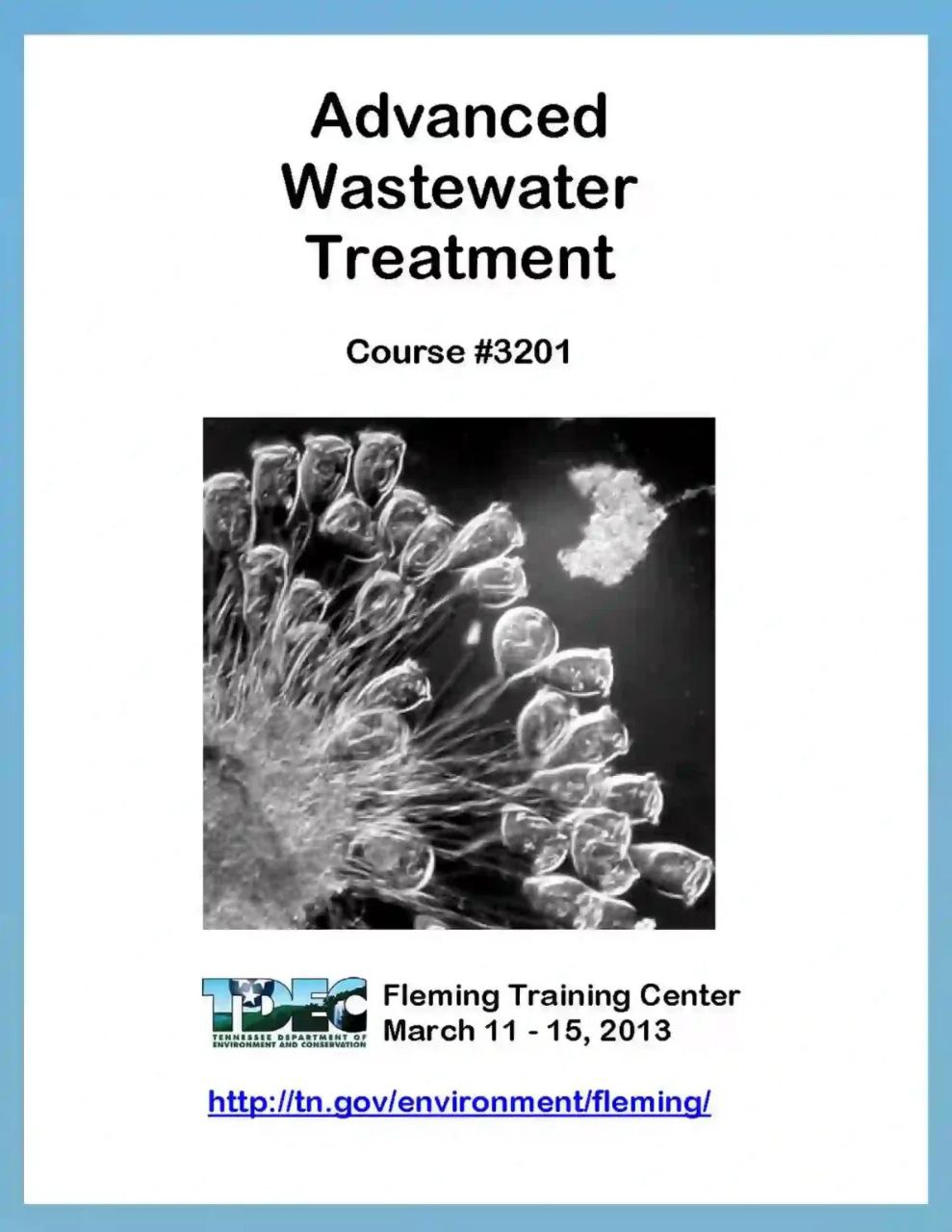
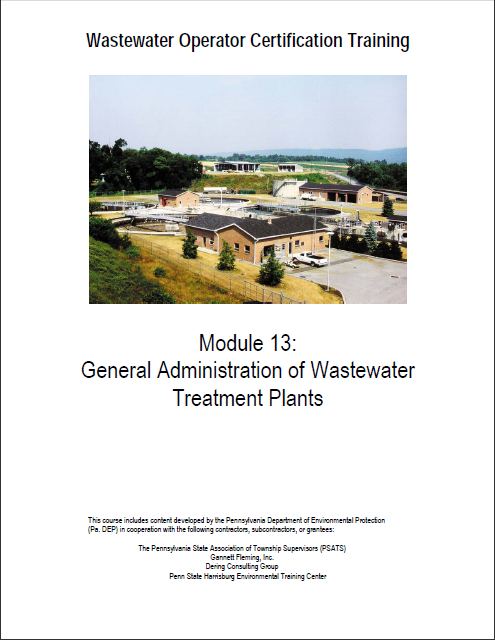
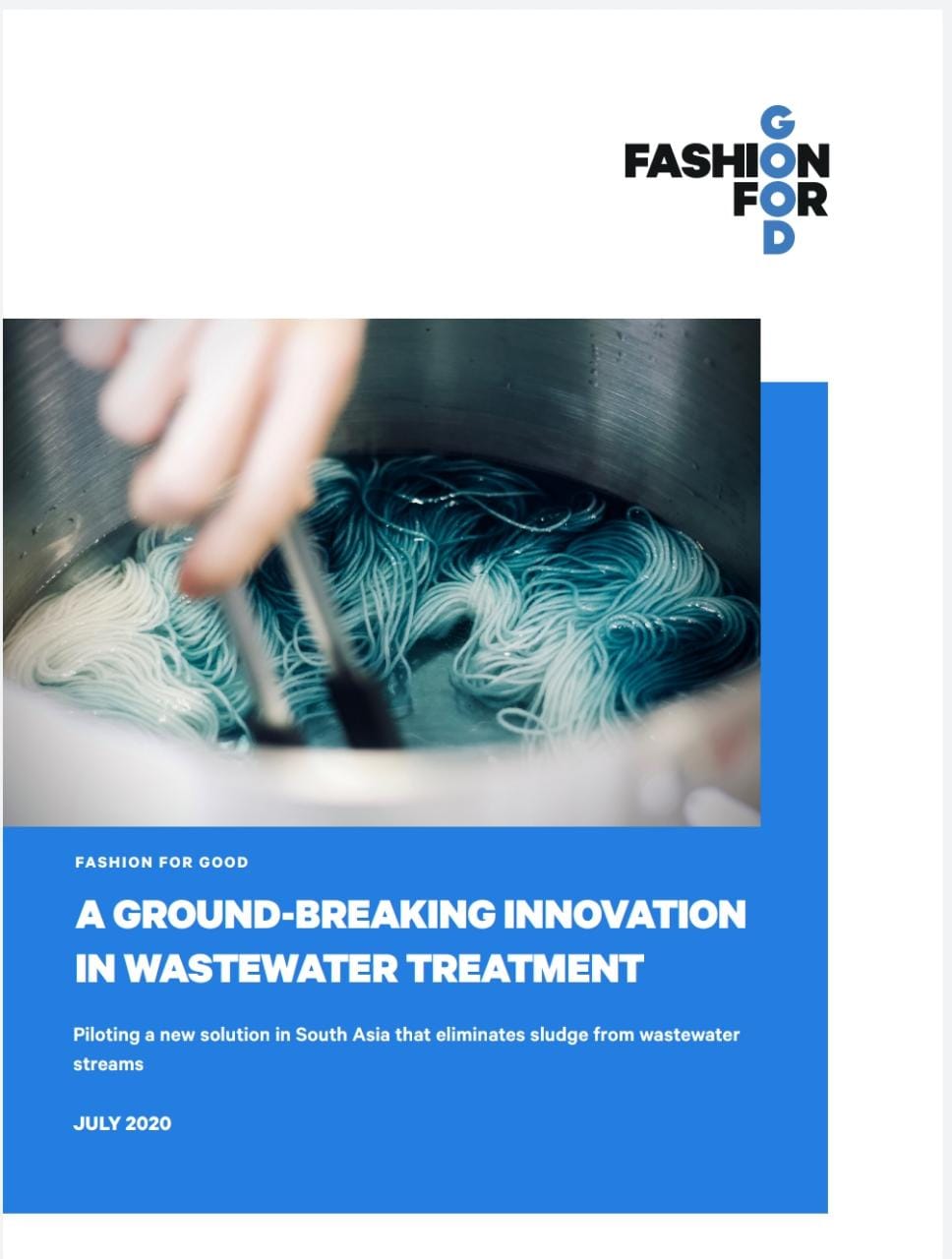

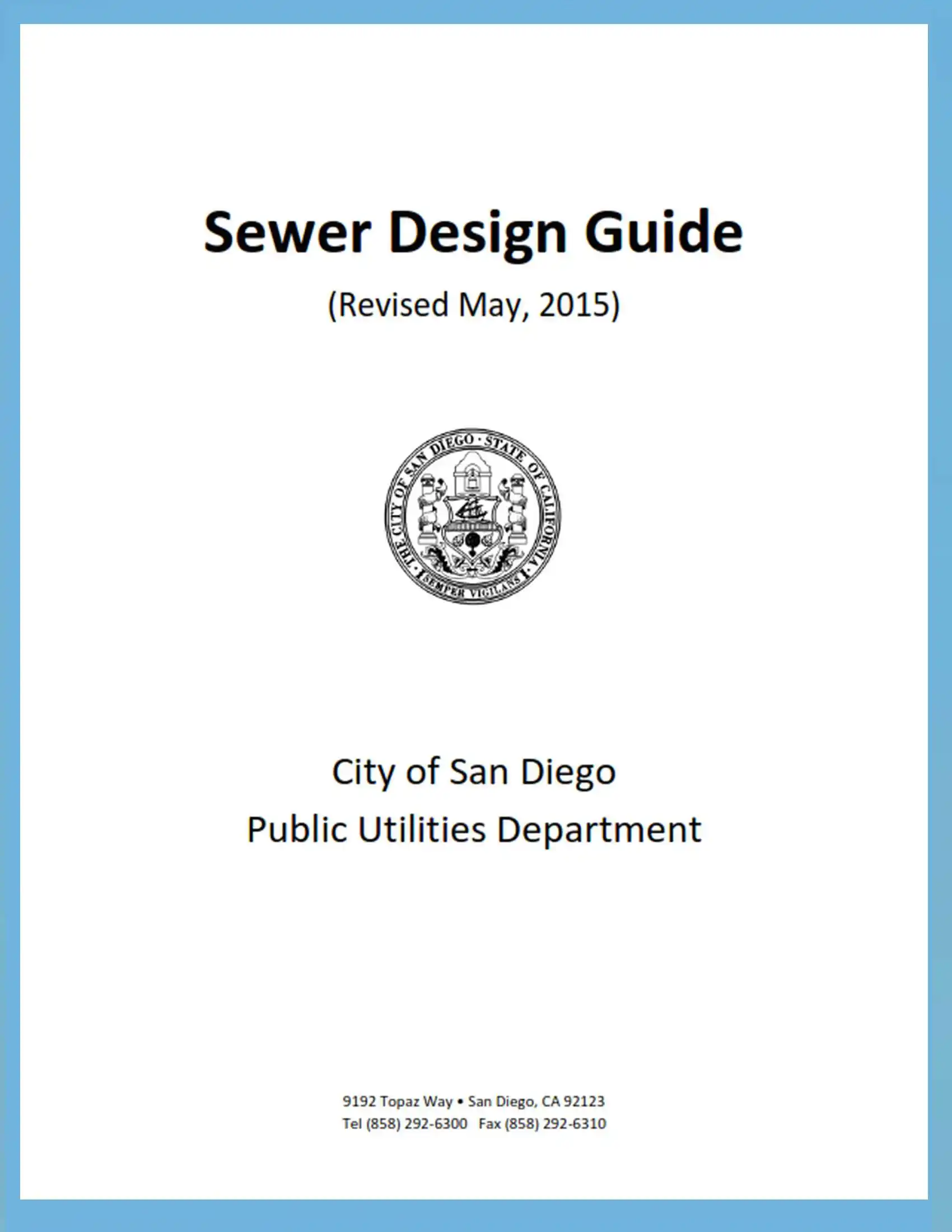

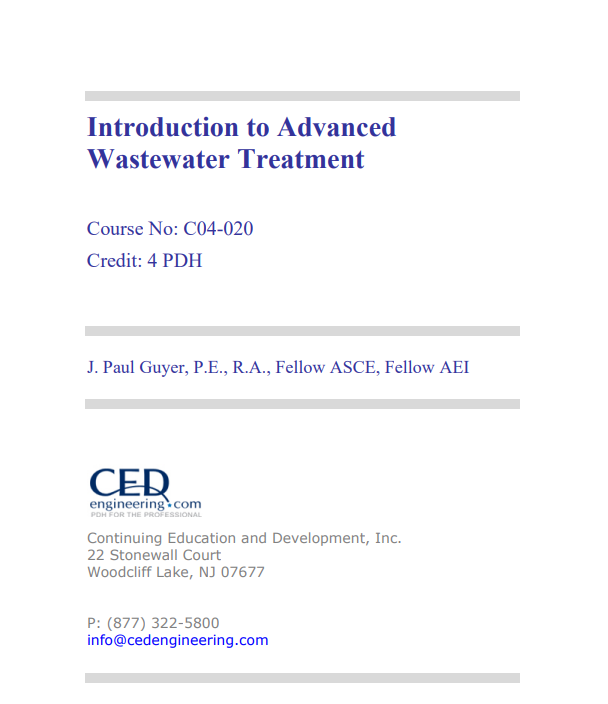

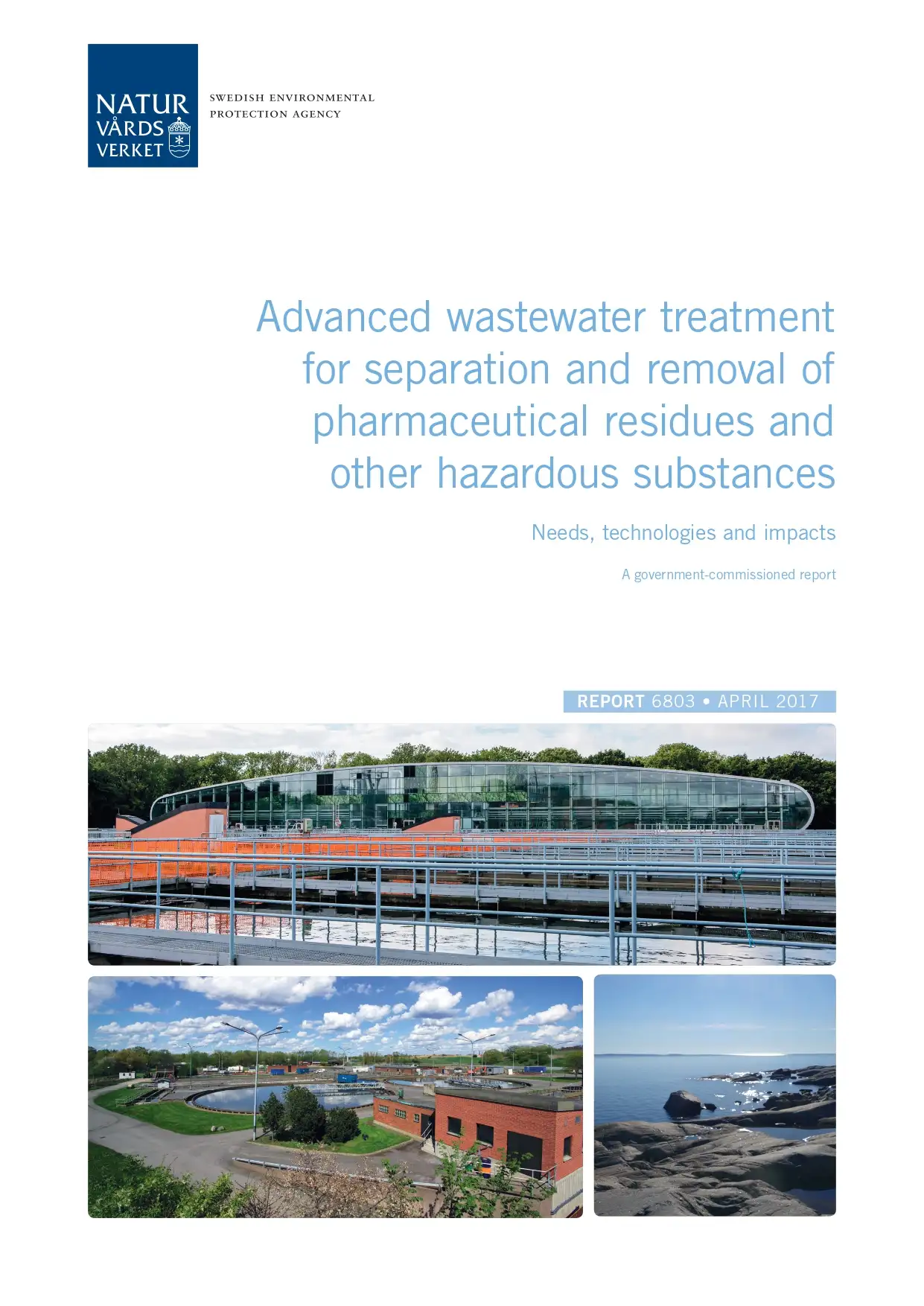
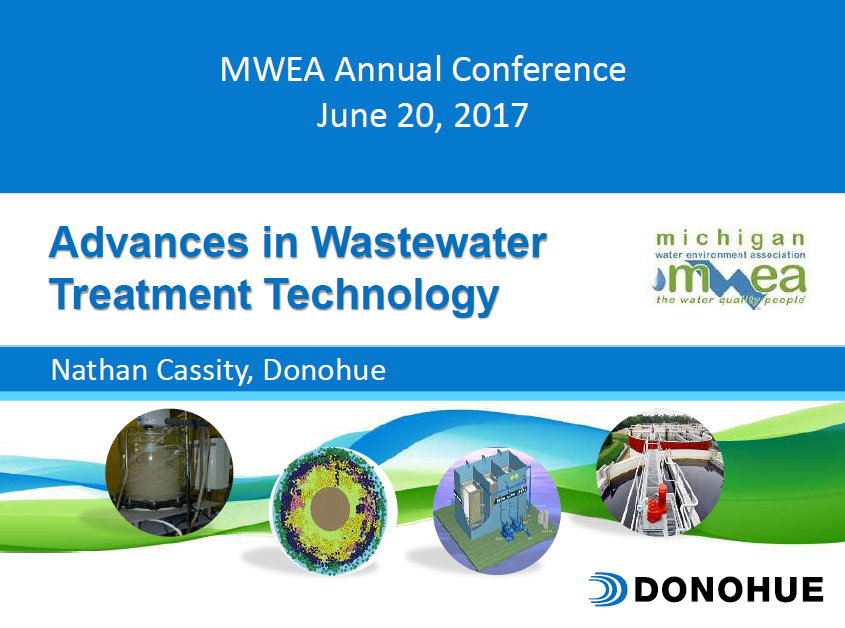
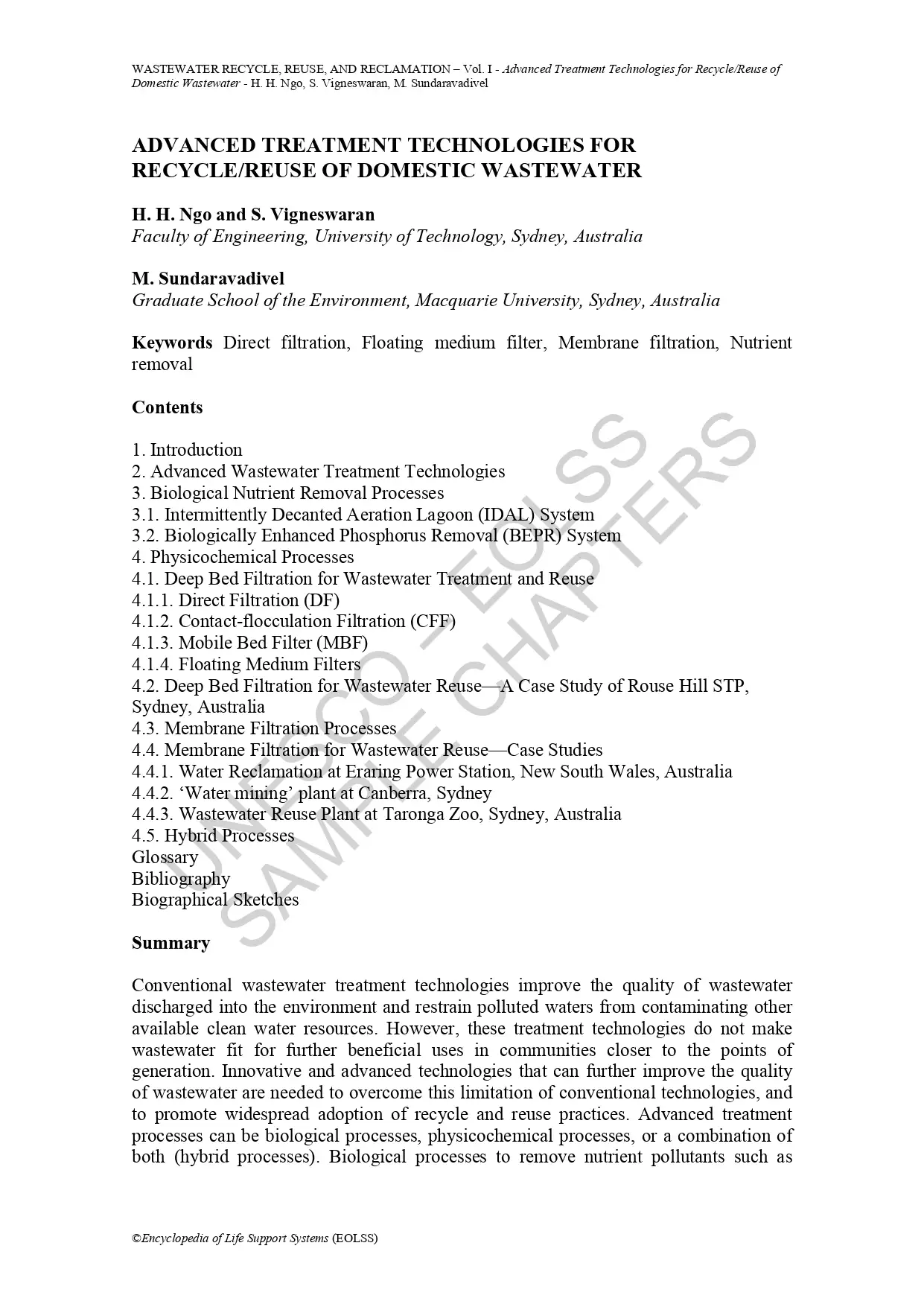
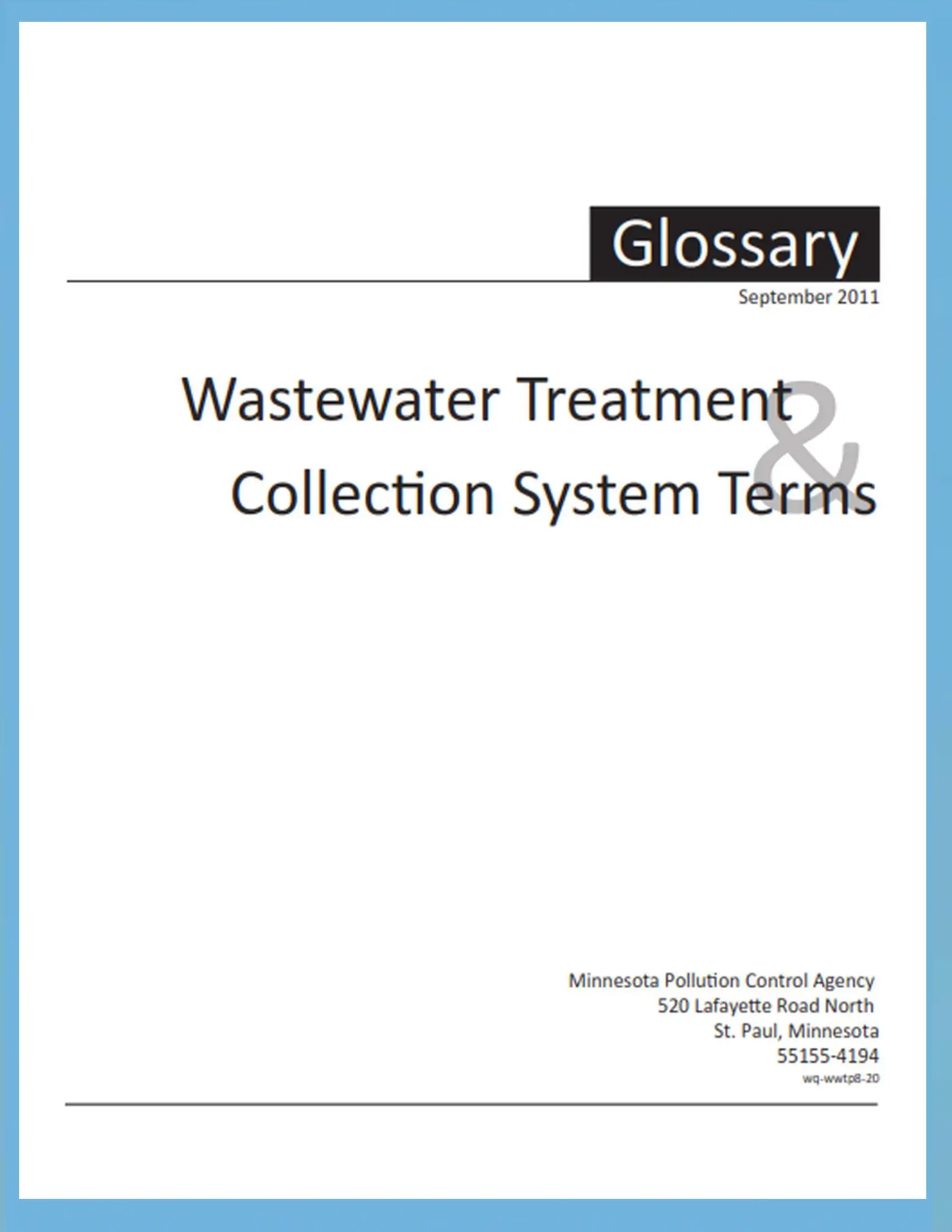
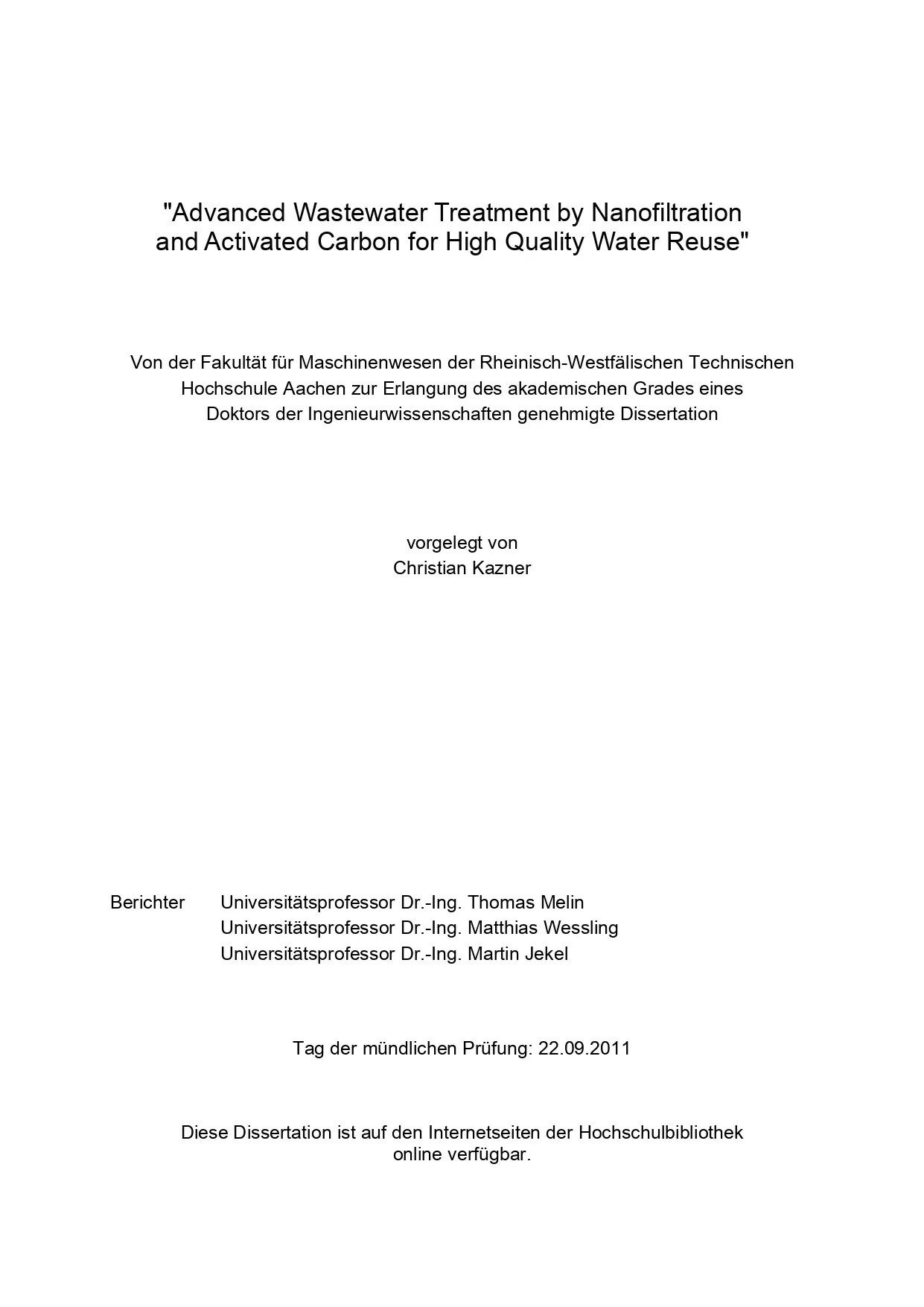
Reviews
There are no reviews yet.